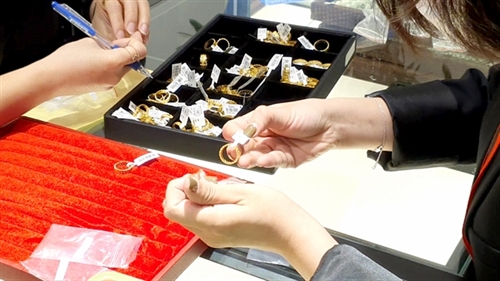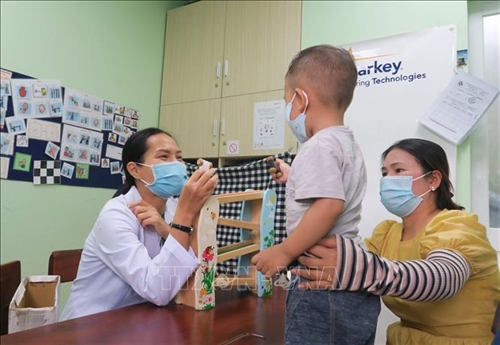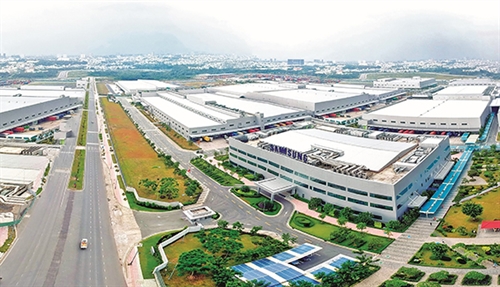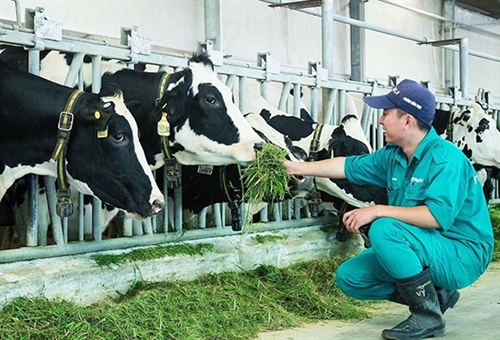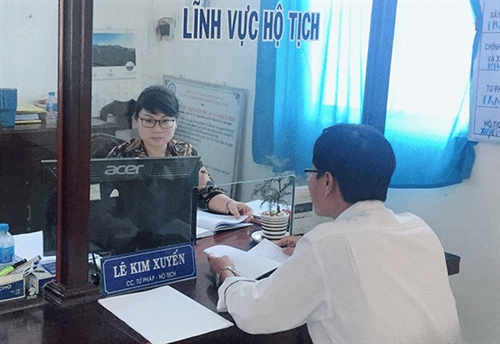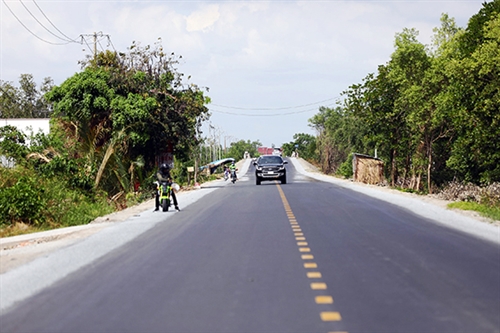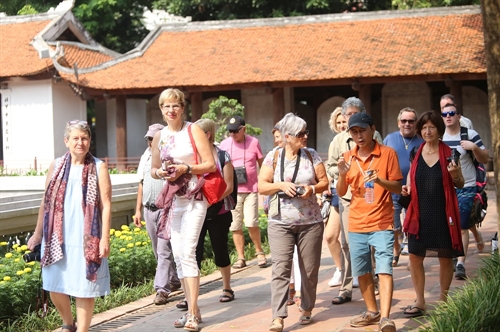During 2022-25, businesses operating in the fields of agriculture, power supply, waste treatment, or industrial production, using forestry land or being involved in activities requiring change of forestry land use purpose and generating 3,000 tons or more of carbon dioxide per year would have to develop greenhouse gas (GHG) emissions inventory systems and formulate plans to mitigate GHG emissions.
Such requirement would be fulfilled during 2022-25, the first stage of the roadmap on mitigation of GHG emissions proposed by the Ministry of Natural Resources and Environment (MONRE) in a draft decree recently unveiled for public opinion.
Specifically, facilities subject to GHG emission inventory include thermal power plants, industrial production facilities, transportation business establishments, and commercial buildings consuming an annual energy amount of 1,000 tons or more of oil equivalent; livestock farms annually supplying 500 cows or 3,000 pigs to the market; and solid waste treatment facilities with annual output of 65,000 tons or more.
In the second stage, 2026 through 2030, businesses would have to mitigate GHG emissions according to quota allocated by the MONRE. Those that do not use up their allocated GHG emission quotas and carbon credits may exchange or sell them in the domestic carbon market which is expected to open in 2027 when all legal preparations are completed and infrastructure facilities are in place.
The MONRE encourages new investment projects to apply technologies and production processes or provide services with low GHG emissions or to participate in mechanisms and methods of cooperation on mitigation of GHG emissions in compliance with laws and treaties.
Forest owners, organizations and individuals involved in forest management would have to develop and take measures to sustainably manage forests, protect and improve forest coverage, biomass and forest quality in order to raise capacity of GHG absorption.- (VLLF)
